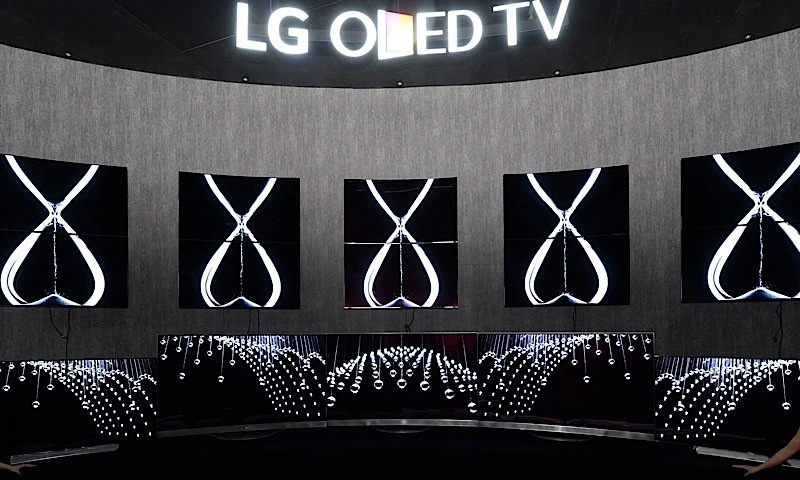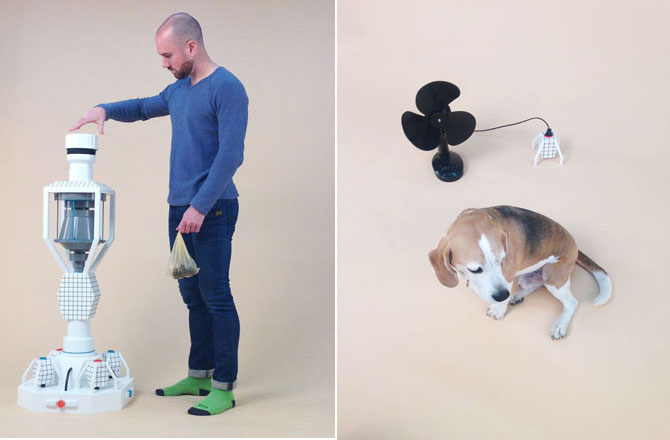Samsung, Sony and LG declared war on one another as each company presented a different “future” of Television in the Consumer Electronics Show 2015 at Las Vegas.
“The bigger the better,” a common attitude found with TV buyers nowadays. But the three big-hitters foresee different aspects of Television. And each willing to bet big on their own horses.
Samsung believes that nanocrystal semiconductor technology, also known as quantum dot, will dominate the market when it comes to TV. It will capture attention with brighter colours, greater contrast, and has similar prices to current TVs. A Samsung spokesperson states that “overall, what’s important is what kind of value the technology can deliver to consumers – not which panel it uses.”

Rival company LG, on the other hand, insists the pricier OLED, or organic light-emitting diode displays, is of superior technology that offers brighter colours, deeper blacks, and is the future of television. LG prides itself as the only company in the CES 2015 that had OLED technology in their products. LG does not say if they are going in to production by 2016, but speculation is going around that
Sony increases its TV picture quality and brightness with an advanced image processor, who also promotes 4K TVs. Not to mention, introducing an eye-catching slender TV just 4.9mm thin.
“Four out of 10 Australian households already buy big screen sizes 50 inches (127cm) and above. When the TV is that big, 1080p full high-definition only does so much. You really need 4K.” – Sony Australia Managing Director, Vincent Yip
Source: news.com.au
In the end, only consumers can decide which TV they prefer. Or, if they even still want a TV after Microsoft’s big HoloLens reveal.





 The Power of Poo, Source: Poo Power!
The Power of Poo, Source: Poo Power!
 Microsoft’s HoloLens simulation, Source: Microsoft
Microsoft’s HoloLens simulation, Source: Microsoft